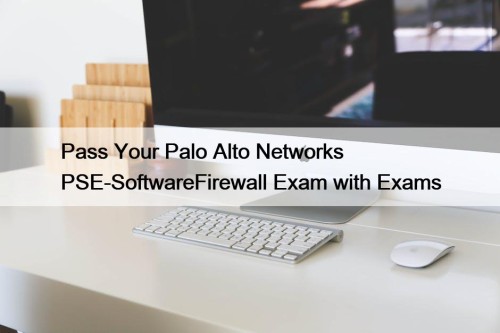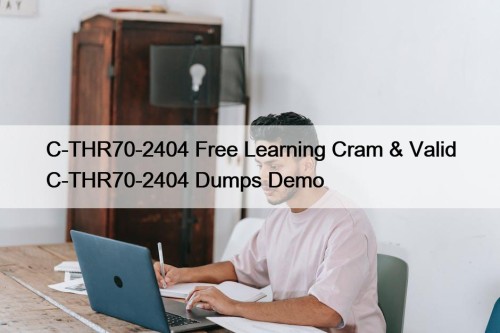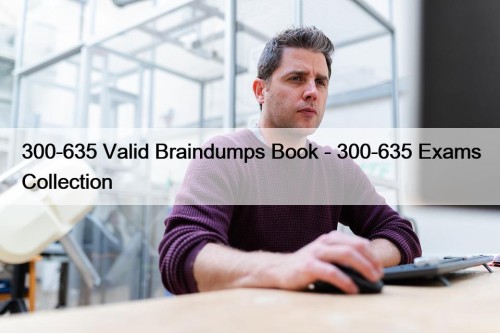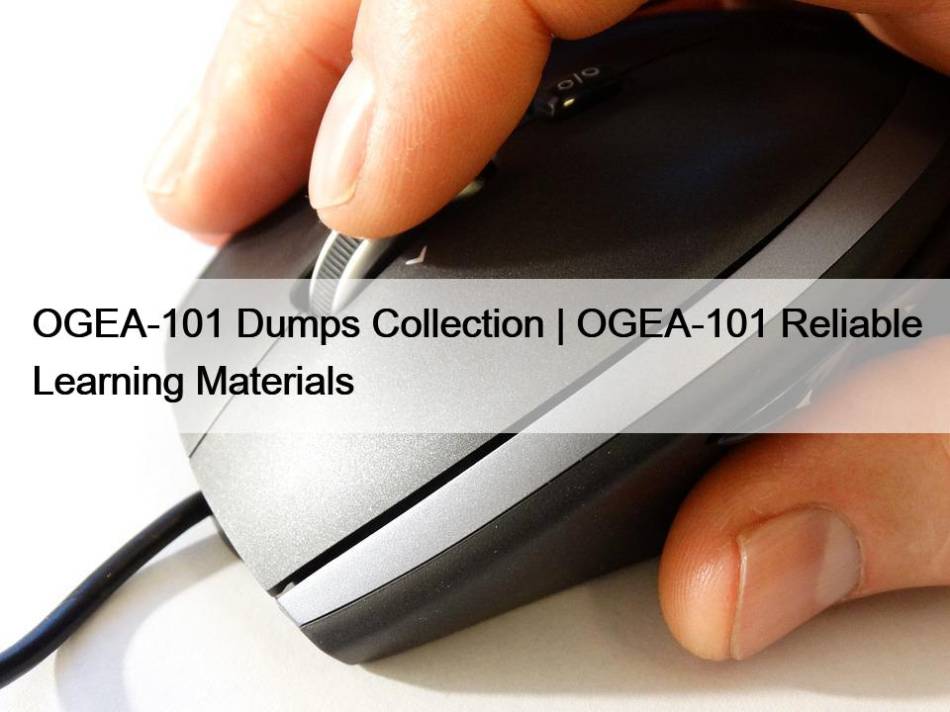Most Popular
 Pass Your Palo Alto Networks PSE-SoftwareFirewall Exam with Exams
Pass Your Palo Alto Networks PSE-SoftwareFirewall Exam with Exams
BTW, DOWNLOAD part of PDF4Test PSE-SoftwareFirewall dumps from Cloud Storage: ...
 C-THR70-2404 Free Learning Cram & Valid C-THR70-2404 Dumps Demo
C-THR70-2404 Free Learning Cram & Valid C-THR70-2404 Dumps Demo
Web-based software works without installation. SAP Certified Associate - SAP ...
 300-635 Valid Braindumps Book - 300-635 Exams Collection
300-635 Valid Braindumps Book - 300-635 Exams Collection
P.S. Free & New 300-635 dumps are available on Google ...



OGEA-101 Dumps Collection | OGEA-101 Reliable Learning Materials

As we know, our products can be recognized as the most helpful and the greatest OGEA-101 study engine across the globe. Even though you are happy to hear this good news, you may think our price is higher than others. We can guarantee that we will keep the most appropriate price because we want to expand our reputation of OGEA-101 Preparation dumps in this line and create a global brand. What’s more, we will often offer abundant discounts of OGEA-101 study guide to express our gratitude to our customers.
The Open Group OGEA-101 Exam Syllabus Topics:
| Topic | Details |
|---|---|
| Topic 1 |
|
| Topic 2 |
|
| Topic 3 |
|
| Topic 4 |
|
| Topic 5 |
|
| Topic 6 |
|
| Topic 7 |
|
>> OGEA-101 Dumps Collection <<
OGEA-101 Reliable Learning Materials & New OGEA-101 Braindumps
Our OGEA-101 Exam Braindumps have a broad market in most countries we have due to the high quality of the OGEA-101 exam dumps. The feedback of the customers is quite good since the pass rate is high, it helps them a lot. Some customers even promote our product to their friends or even colleges after they pass it. We offer free update for one year, it will help you to change your practicing ways in accordance with the dynamics of the exam.
The Open Group TOGAF Enterprise Architecture Part 1 Exam Sample Questions (Q20-Q25):
NEW QUESTION # 20
Complete the following sentence. In the ADM documents which are under development and have not undergone any formal review and approval process are_______________.
- A. Known as ''Version 0.1''
- B. In between phases
- C. Invalid
- D. Called ''draft''
Answer: D
Explanation:
In the ADM documents which are under development and have not undergone any formal review and approval process are called "draft". This indicates that they are subject to change and refinement as the architecture development progresses. Reference: The TOGAF Standard | The Open Group Website, Section 4.2.5 Architecture Deliverables.
NEW QUESTION # 21
Exhibit:
Consider the illustration. What are the items labelled A, B, and C?
- A. A-Architecture Repository, B-Governance Repository, C-Architecture Capability
- B. A-Enterprise Repository, B-Governance Repository, C-Board Repository
- C. A-Architecture Repository, B-Governing Board, C-Enterprise Capability
- D. A-Enterprise Repository, B-Board repository, C-Enterprise Capability
Answer: C
Explanation:
* A-Architecture Repository: This is a part of the Architecture Metamodel that contains artifacts structured according to the metamodel. It includes the Architecture Landscape which is adopted by the enterprise and governed by certain standards and practices.
* B-Governing Board: The Governing Board ensures visibility and escalation, meaning it oversees and manages the capability of the architecture landscape. It plays a crucial role in governance.
* C-Enterprise Capability: This refers to how well an enterprise can execute its mission, meet business objectives or satisfy its stakeholders' needs and expectations. It's influenced by both internal factors (like resources, processes) and external ones (like market trends).
NEW QUESTION # 22
Which of the following are the four purposes that typically frame the planning horizon, depth and breadth of an Architecture Project, and the contents of the EA Repository-?
- A. Avant-Garde Big-Bang, Discreet and Cohesive
- B. Segment, Capability. Enterprise and End-to-end Target Architecture
- C. Strategy Portfolio Project Solution Delivery
- D. General Foundational Subordinate and Superior Architecture
Answer: C
Explanation:
Strategy Portfolio Project Solution Delivery are the four purposes that typically frame the planning horizon, depth and breadth of an Architecture Project, and the contents of the EA Repository. They correspond to different levels of abstraction and granularity in the architecture development process. Reference: The TOGAF Standard, Version 9.2 - The Open Group, Section 2.4 Architecture Repository.
NEW QUESTION # 23
Exhibit
Consider the illustration showing an architecture development cycle Which description matches the phase of the ADM labeled as item 1?
- A. Conducts implementation planning for the architecture defined in previous phases
- B. Operates the process of managing architecture requirements
- C. Provides architectural oversight for the implementation
- D. Establishes procedures for managing change to the new architecture
Answer: B
Explanation:
* The illustration shows an architecture development cycle based on the TOGAF ADM (Architecture Development Method), which is a method for developing and managing an enterprise architecture1.
* The ADM consists of nine phases, each with a specific purpose and output. The phases are1:
oPreliminary Phase: To prepare and initiate the architecture development cycle, including defining the architecture framework, principles, and governance.
oPhase A: Architecture Vision: To define the scope, vision, and stakeholders of the architecture initiative, and to obtain approval to proceed.
oPhase B: Business Architecture: To describe the baseline and target business architecture, and to identify the gaps between them.
oPhase C: Information Systems Architectures: To describe the baseline and target data and application architectures, and to identify the gaps between them.
oPhase D: Technology Architecture: To describe the baseline and target technology architecture, and to identify the gaps between them.
oPhase E: Opportunities and Solutions: To identify and evaluate the opportunities and solutions for implementing the target architecture, and to define the work packages and transition architectures.
oPhase F: Migration Planning: To finalize the implementation and migration plan, and to ensure alignment with the enterprise portfolio and project management.
oPhase G: Implementation Governance: To provide architecture oversight and guidance for the implementation projects, and to manage any architecture change requests.
oPhase H: Architecture Change Management: To monitor the changes in the business and technology environment, and to assess the impact and performance of the architecture.
* In addition to these phases, there is a central process called Requirements Management, which is labeled as item 1 in the illustration. This process operates throughout the ADM cycle, and its purpose is to manage the architecture requirements throughout the architecture development, ensuring that they are aligned with the business requirements and the stakeholder concerns2.
* Therefore, the description that matches the phase of the ADM labeled as item 1 is C. Operates the process of managing architecture requirements.
Reference:
* 1: The TOGAF Standard, Version 9.2, Chapter 5: Architecture Development Method (ADM)
* 2: The TOGAF Standard, Version 9.2, Chapter 17: Requirements Management
NEW QUESTION # 24
Consider the following statements:
1. Each contracted party is required to act responsibly to the organization and its stakeholders.
2. All decisions taken, processes used, and their implementation will not be allowed to create unfair advantage to any one particular party.
3. Digital Transformation and operations will be more effective and efficient.
4. Strategic decision-making by C-Level executives and business leaders will be more effective.
Which statements highlight the value and necessity for Architecture Governance to be adopted within organizations?
- A. 2 & 3
- B. 1 & 4
- C. 3 & 4
- D. 1 & 2
Answer: D
Explanation:
Architecture governance is the practice of ensuring compliance with the enterprise architecture and its principles, standards, and goals. Architecture governance provides the means to establish, monitor, and control the architecture development and implementation processes, and to resolve any issues or conflicts that may arise. Architecture governance also ensures that all stakeholders are represented and involved in the decision-making process, and that their interests and concerns are balanced and aligned. Statements 1 and 2 highlight the value and necessity for architecture governance to be adopted within organizations, as they emphasize the importance of responsibility, accountability, fairness, and transparency in the architectural activities. Statements 3 and 4 are more related to the benefits and outcomes of having a good enterprise architecture, rather than the governance aspect.Reference: : The TOGAF Standard, Version 9.2, Part VI: Architecture Capability Framework, Chapter 50: Architecture Governance : The TOGAF Standard, Version 9.2, Part III: ADM Guidelines and Techniques, Chapter 29: Architecture Governance
NEW QUESTION # 25
......
The best news is that during the whole year after purchasing, you will get the latest version of our OGEA-101 exam prep study materials for free, since as soon as we have compiled a new version of the OGEA-101 study materials, our company will send the latest one of our OGEA-101 study materials to your email immediately. Therefore, we can assure that you will miss nothing needed for the OGEA-101 Exam. What's more, the latest version of our OGEA-101 study materials will be a good way for you to broaden your horizons as well as improve your skills.
OGEA-101 Reliable Learning Materials: https://www.testkingit.com/TheOpenGroup/latest-OGEA-101-exam-dumps.html
- Cheap OGEA-101 Dumps 😣 Certification OGEA-101 Torrent 🐻 Valid Exam OGEA-101 Blueprint 🐣 Download ✔ OGEA-101 ️✔️ for free by simply searching on ➡ www.examsreviews.com ️⬅️ 🔹Reliable OGEA-101 Test Notes
- 2025 OGEA-101: Accurate TOGAF Enterprise Architecture Part 1 Exam Dumps Collection 😥 Search for { OGEA-101 } and download it for free on ⮆ www.pdfvce.com ⮄ website 🏀Reliable OGEA-101 Exam Question
- 2025 OGEA-101: Accurate TOGAF Enterprise Architecture Part 1 Exam Dumps Collection 🌐 Download ▷ OGEA-101 ◁ for free by simply searching on ➽ www.examcollectionpass.com 🢪 ❗Updated OGEA-101 CBT
- Get Real The Open Group OGEA-101 Questions From Pdfvce - Ace Your Exam ✋ Enter ➥ www.pdfvce.com 🡄 and search for ➤ OGEA-101 ⮘ to download for free 🤦OGEA-101 Valid Exam Pattern
- Free PDF Quiz 2025 The Open Group OGEA-101: Professional TOGAF Enterprise Architecture Part 1 Exam Dumps Collection 🪒 Enter ☀ www.testsdumps.com ️☀️ and search for ☀ OGEA-101 ️☀️ to download for free ⚜OGEA-101 Valid Exam Experience
- Braindumps OGEA-101 Pdf 😣 Reliable OGEA-101 Test Notes 🏑 Reliable OGEA-101 Test Notes ⛽ Enter “ www.pdfvce.com ” and search for { OGEA-101 } to download for free 🏞Braindumps OGEA-101 Pdf
- OGEA-101 Reliable Braindumps Pdf 👋 Reliable OGEA-101 Exam Tutorial 👕 OGEA-101 New Real Exam 🚉 Copy URL ⇛ www.examcollectionpass.com ⇚ open and search for ✔ OGEA-101 ️✔️ to download for free 🕝Cheap OGEA-101 Dumps
- Three Formats for The Open Group OGEA-101 Practice Tests 🟦 Easily obtain free download of ⏩ OGEA-101 ⏪ by searching on ☀ www.pdfvce.com ️☀️ 🐊OGEA-101 Valid Exam Experience
- Certification OGEA-101 Torrent 🚥 OGEA-101 Valid Exam Cram 😂 Updated OGEA-101 CBT 🌊 Search for ➤ OGEA-101 ⮘ and download it for free immediately on ⏩ www.dumpsquestion.com ⏪ 🦓Updated OGEA-101 CBT
- OGEA-101 Dumps Collection Exam 100% Pass | The Open Group OGEA-101 Reliable Learning Materials 🟫 Search for ⇛ OGEA-101 ⇚ and download it for free immediately on ➠ www.pdfvce.com 🠰 🎽Updated OGEA-101 CBT
- OGEA-101 Valid Exam Experience 😒 Exam OGEA-101 Review 🎿 Reliable OGEA-101 Test Notes 🐢 Immediately open ✔ www.torrentvalid.com ️✔️ and search for ➠ OGEA-101 🠰 to obtain a free download 🥾OGEA-101 Test Tutorials
- OGEA-101 Exam Questions
- bbs.jieyamima.top frankha914.blogmazing.com 金山天堂.官網.com g10.top 羅威天堂.官網.com app.szqinghua.cn 不服來戰天堂.官網.com 戰神天堂.官網.com mikeada288.anchor-blog.com law-house.com.tw
Tags: OGEA-101 Dumps Collection, OGEA-101 Reliable Learning Materials, New OGEA-101 Braindumps, OGEA-101 Exam Questions, OGEA-101 Training Courses